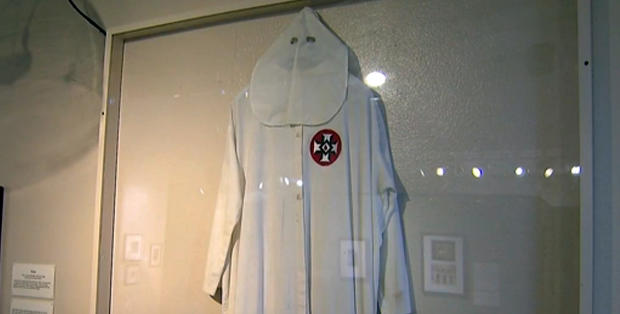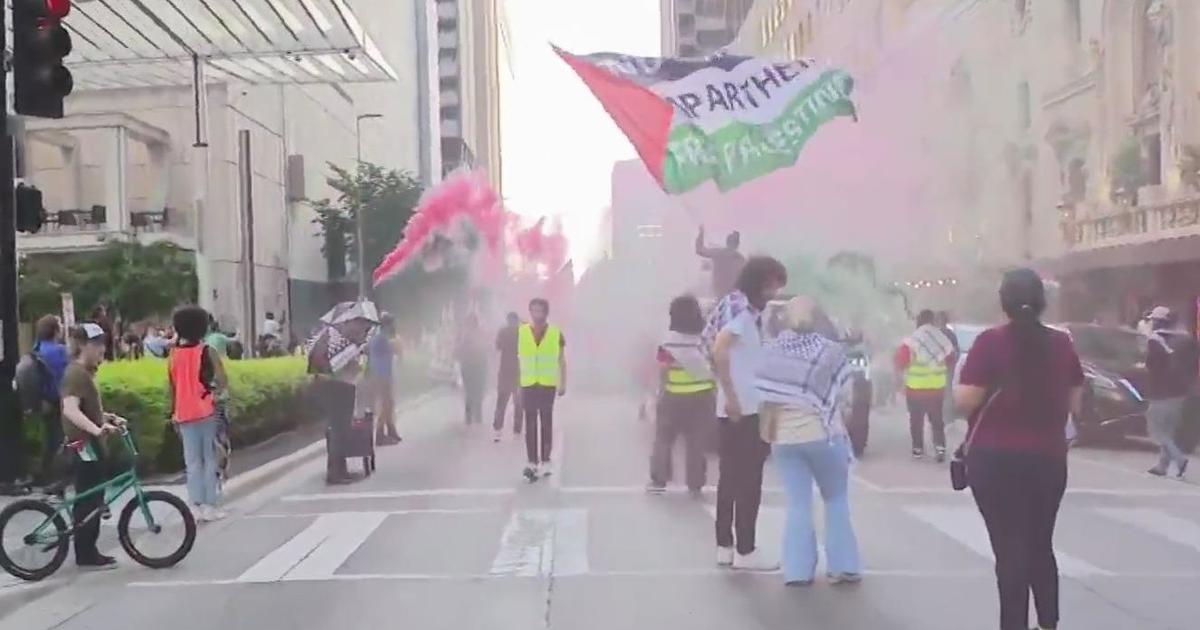Dallas History: A Different Perspective
DALLAS (CBSDFW.COM) - As the debate rages over Dallas' confederate symbols, there is an obvious, at times emotional, reverence for history. But, the past looks different for those who had no power.
"Life was very on the edge, you lived looking over your shoulder," says Texas native and author Joyce King. "You live in a city where there was a 1910 lynching right in downtown Dallas of Allen Brooks, thousands of people stood there and cheered."
King is no stranger to the story line of lynchings. She was already researching the topic when James Byrd, a black man, was dragged to his death in Jasper in the summer of 1998. Three white supremacists were convicted of dragging Byrd almost three miles down an asphalt road while chained behind a pickup. The nation was shocked and horrified at what became known as a 'modern day lynching.' But, King, who later wrote Hate Crime: The Story of a Dragging in Jasper, Texas says the tactic was used for decades to terrify the black community.
"There was a message sent to the black community -- stay in your place."
CBS11 reporter Robbie Owens visited with King today at Dallas' African American Museum at Fair Park, looking to gain a more complete picture of the history of a city now struggling to put its Confederate past in perspective. One display includes a postcard of a lynching, dated a decade earlier, used as a missive for a cheery note to a friend.
"History is ugly, it's bloody, it's emotional, we feel very passionate and territorial about it," says King.
Last week, King was invited to speak to the Mayor's Confederate Names Task Force. Her extensive research into the topic was intended to provide historical context about Dallas and its monuments.
"I saw facial expressions changing," recalls King who says the temperature change in the room was obvious. "I thought, 'Oh, my God! They don't want to hear this!' "
The silence screamed discomfort. But, if it is indeed history we revere, then be sure, critics say, to include all of it.
"Dallas had the largest KKK chapter in America," said King during the task force briefing, "with 13,000 members. The Grand Dragon of the Klan was from Dallas."
King's message was that blacks in Dallas had no power to oppose the erection of a monument to a Confederate general... or to anything else.
"Black men who were just coming out of slavery could be arrested for nothing: looking at a white person wrong, speaking disrespectfully, not moving fast enough and [King snaps her fingers for emphasis] just like that you're in the Walls at Huntsville."
In fact, King says the post emancipation prison system was largely established in order to continue to provide a steady supply of free black labor. But, false imprisonment was only part of the danger.
"Between 1865-1868 in Texas alone more than 500 ex-slaves were murdered, almost exclusively by white people who did not want them free."
More than a century later, some would argue that the nation's racial wounds have never healed. But, King believes that the monument debate provides an opportunity to start a more inclusive dialogue, beginning with the words of Robert E. Lee who called such monuments the "sores of war" and declined invitations to dedications.
"We've missed it so many times, we missed it with Jasper... there was an opportunity. The whole country wanted to talk about race and healing and lynchings, we missed it. And we can't miss it again."




